Resignation Letter Template for 2 Month Notice
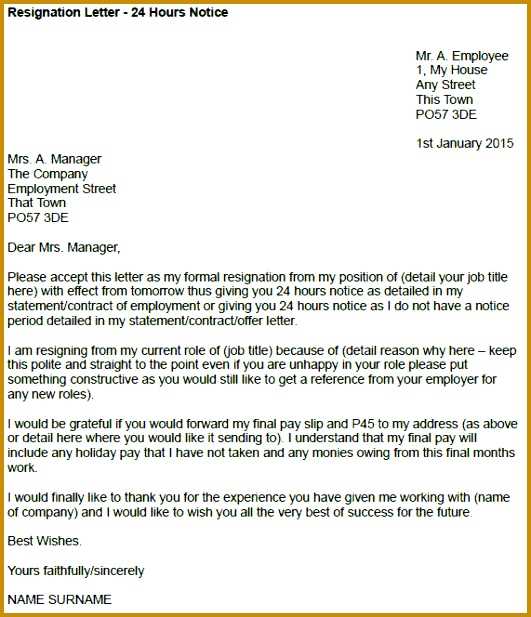
When deciding to leave a job, it’s essential to approach the situation with professionalism and clarity. Providing enough time for your employer to adjust to the transition shows respect and allows for a smoother handover of responsibilities. Properly communicating your decision in writing is a crucial part of this process.
Understanding how to craft a thoughtful message is vital for maintaining a positive relationship with your employer and colleagues. A well-structured communication can reflect your appreciation for the opportunity while ensuring you leave on good terms. Regardless of the reason for your departure, keeping the tone courteous and appreciative is key.
Knowing the key elements of a clear and effective message can save time and avoid misunderstandings. By adhering to some best practices, you ensure that your exit is smooth, and your professional reputation remains intact even after moving on to new opportunities.
How to Write a 2 Month Notice
When you decide to leave a job, it is important to formally communicate your intention in advance. This approach allows your employer to plan for your departure and manage the necessary changes effectively. A well-written communication should be clear, concise, and professional, ensuring that both you and your employer have a mutual understanding of the timeline and expectations.
Start by expressing gratitude for the opportunity and the experience you’ve gained. Acknowledge the time you’ve spent with the company and the value of the relationships built during your tenure. Clearly state the date of your last working day, giving enough time for the transition process to take place. It’s essential to offer assistance with this process to make it as seamless as possible for your employer.
Maintain a positive and respectful tone throughout the message. Even if your reasons for leaving are personal or unrelated to the work environment, keep the tone professional and appreciative. This ensures that you leave with dignity and preserve a positive professional reputation for future opportunities.
Importance of a Two-Month Resignation Period
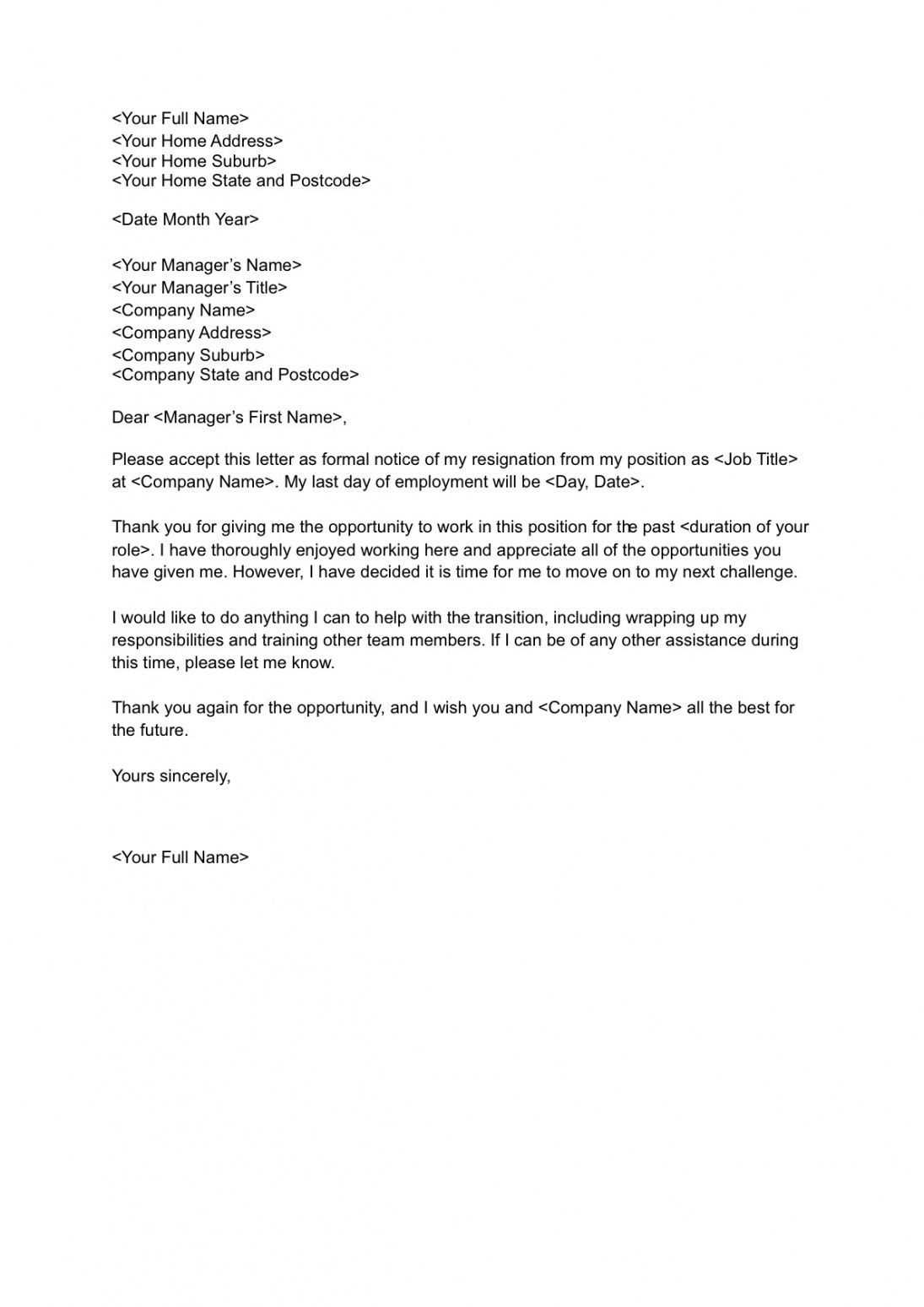
Providing adequate time before leaving your current role is essential for ensuring a smooth transition for both you and your employer. Giving ample notice allows your company to manage the changes effectively, find a replacement, and ensure that no critical tasks are left unfinished. A longer departure period demonstrates professionalism and helps maintain a positive relationship with your employer.
Here are several reasons why a two-month lead time is valuable:
- Smooth Transition: The extra time enables your employer to prepare for your departure by redistributing responsibilities or finding a suitable replacement.
- Respect for the Team: It shows consideration for your colleagues, who may need to adjust their workflow or take on additional duties temporarily.
- Time for Knowledge Transfer: This period allows you to share important information, train your successor, or document any ongoing projects to ensure continuity.
- Preserve Professional Relationships: Leaving on good terms with your employer and coworkers can open doors for future opportunities and maintain a strong professional reputation.
Overall, giving enough time before departing not only helps the organization adjust but also strengthens your career by showcasing your professionalism and thoughtfulness in handling transitions.
Essential Components of a Resignation Letter
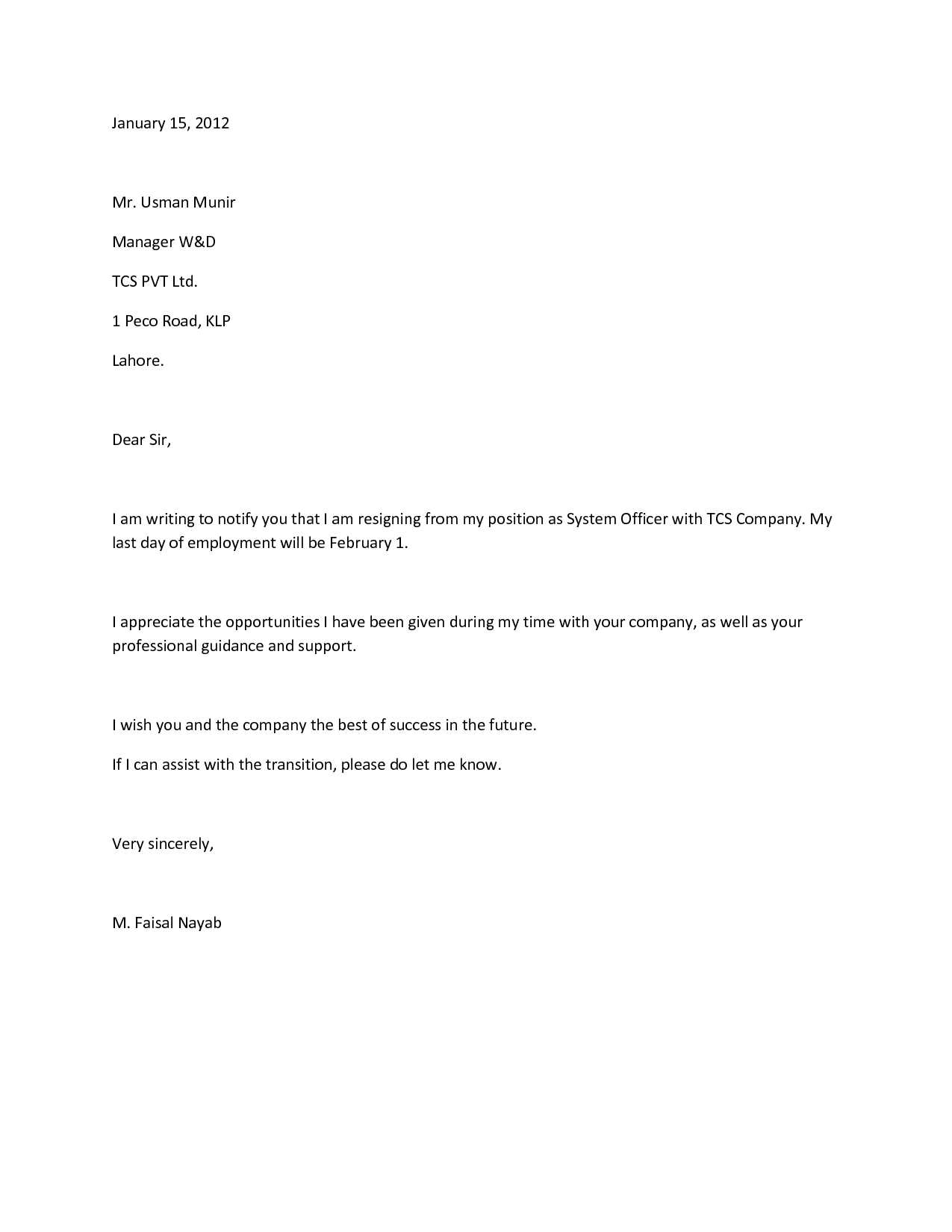
When formally notifying your employer about your decision to leave, it’s crucial to include certain key elements to ensure clarity and professionalism. A well-structured message helps avoid confusion and sets the right tone for your departure. These components allow your employer to prepare for the transition while maintaining a respectful relationship.
Key Elements to Include
- Clear Statement of Departure: Begin by directly stating your intention to leave, along with the intended final date of work. This removes any ambiguity and allows for proper planning.
- Gratitude and Appreciation: Express appreciation for the opportunity and experiences you’ve had during your time with the company. A positive tone is important for maintaining good relations.
- Reason for Leaving (Optional): While not always necessary, briefly explaining your reason can offer transparency. Keep it brief and professional, focusing on the positive aspects of your decision.
- Offer of Assistance: Mention your willingness to assist in the transition process, such as training a replacement or helping with the handover of responsibilities.
- Formal Closing: End with a polite conclusion that reflects your gratitude and expresses well-wishes for the company’s future. Sign off with a formal closing such as “Sincerely” or “Best regards.”
Formatting Your Communication
- Professional Tone: Maintain a respectful and neutral tone throughout your message, avoiding any negative remarks or personal details.
- Concise and Direct: Keep the message short and to the point. Avoid unnecessary elaboration while still conveying all important details.
Including these components ensures that your departure is communicated professionally, helping to keep a positive relationship with your employer and colleagues for the future.
Best Practices for Delivering Your Notice
When informing your employer about your decision to leave, how you present this information is just as important as the content itself. The way you deliver your message can impact your professional reputation and the way your departure is handled. Following some best practices will help ensure that you leave on positive terms and maintain a good relationship with your employer and colleagues.
Choose the Right Timing – Ideally, you should inform your employer as soon as possible, giving them enough time to make arrangements for your departure. Avoid dropping the news unexpectedly. Arrange a meeting in advance to discuss your decision in person, if possible. This shows respect for your employer and allows for an open conversation.
Be Professional and Respectful – Approach the conversation with professionalism. Keep your tone respectful and avoid discussing personal grievances or negative reasons for leaving. Focus on your gratitude for the experience and the opportunities you had while at the company.
Have a Clear Plan – Be prepared to discuss how you can assist in the transition. Offer to help with training a replacement or completing any outstanding projects. Your willingness to help shows commitment to your responsibilities, even as you prepare to move on.
Follow Up in Writing – After the in-person conversation, follow up with a formal written communication that reiterates your decision and the details of your departure. This ensures clarity and serves as an official record for both parties.
By following these practices, you can handle your departure with professionalism, leaving on good terms and preserving your reputation for future opportunities.
Professional Tone in Your Resignation
When deciding to leave your position, the way you communicate your departure is crucial for maintaining your professional image. A well-crafted message that uses a respectful and courteous tone can ensure that your departure is handled smoothly and that you leave behind a positive impression. Whether the circumstances of your departure are personal or professional, it is important to keep the tone formal and constructive.
Remain Positive and Appreciative – Express gratitude for the opportunities and experiences you’ve gained. Acknowledging the positive aspects of your time with the company helps maintain good relations and reflects well on your professionalism. This shows that you value the company and the people you’ve worked with, even if you are moving on for other reasons.
Avoid Negative Remarks – Even if your reasons for leaving are due to dissatisfaction, avoid making critical or negative comments. Stay focused on your personal decision to move forward, rather than on any frustrations you may have experienced. A respectful tone helps preserve your reputation and ensures that you don’t burn any bridges.
Be Clear, Concise, and Direct – While keeping the tone polite, ensure that your message is clear and to the point. Avoid unnecessary elaboration or emotional language. A concise and professional communication helps you maintain control of the situation and provides clarity for both parties involved.
By maintaining a professional tone, you ensure that your departure is seen as a positive and thoughtful decision, helping you leave on good terms and opening doors for future professional relationships.
Handling the Transition After Resigning
Once you’ve informed your employer about your decision to leave, managing the transition effectively becomes crucial. A smooth handover ensures that your responsibilities are properly reassigned and that no important tasks are overlooked. This phase is key to maintaining a positive relationship with your employer and ensuring that your departure does not cause disruption within the team.
Organize and Document Key Responsibilities
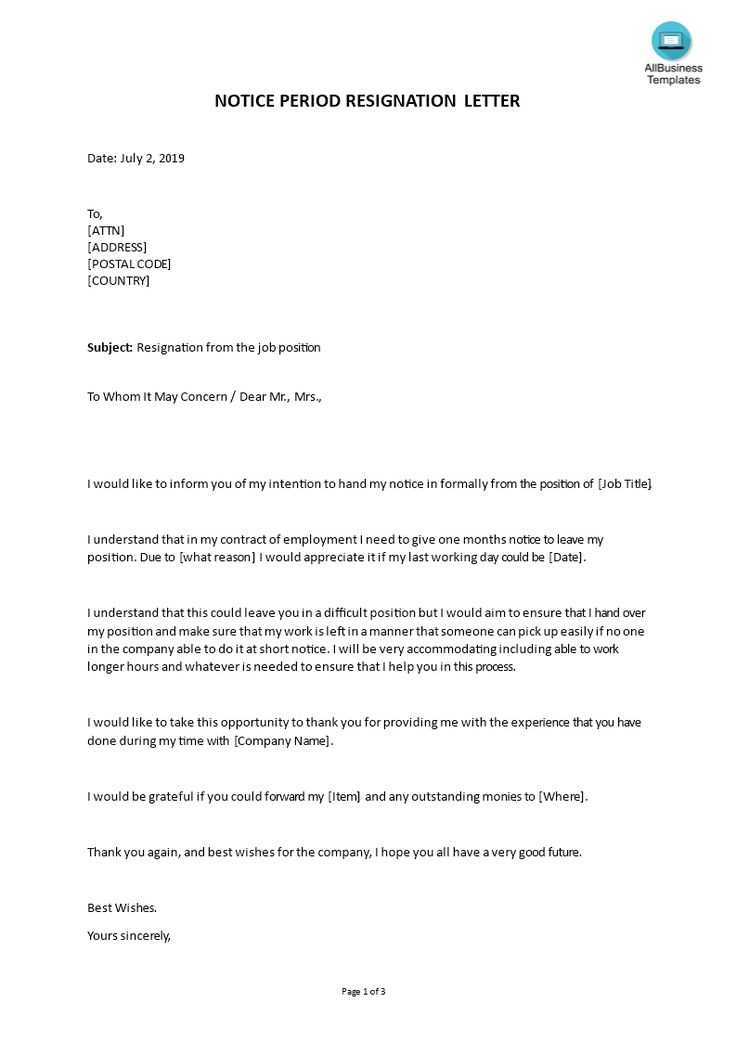
Before your departure, take the time to organize and document your ongoing tasks, projects, and any relevant procedures. This will make it easier for your replacement or colleagues to take over your duties without confusion. Create a detailed list of your daily, weekly, and monthly tasks, including any critical deadlines and points of contact. This information will ensure continuity and minimize the impact of your departure on the team.
Offer Support and Guidance During the Transition
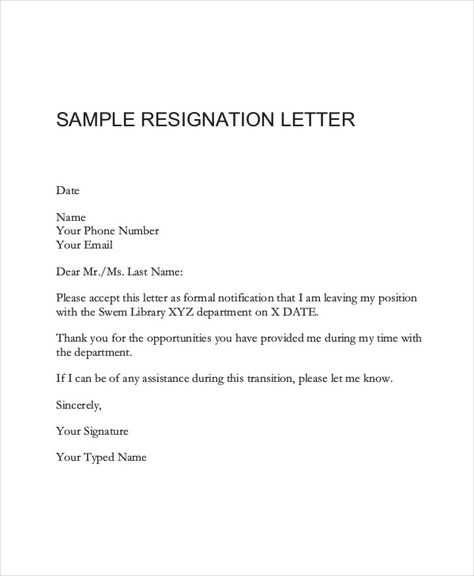
During your remaining time, be proactive in offering assistance with training your successor or helping colleagues adapt to the changes. Sharing your knowledge and expertise demonstrates professionalism and consideration for the team’s needs. If a replacement has not been identified yet, offer to train any team members who may be able to take over your tasks temporarily. Being available and approachable during this period will help ensure a seamless transition.
By managing the transition carefully, you show respect for the organization and its employees, ensuring that your departure is as smooth and professional as possible while preserving valuable relationships for the future.
How to Keep Relationships Positive After Leaving
Leaving a job doesn’t mean severing ties with your employer or colleagues. Maintaining positive relationships after you’ve moved on is essential for both personal growth and professional networking. By keeping communication open and leaving on good terms, you can preserve valuable connections that may be beneficial in the future.
Stay Connected
Even after leaving, it’s important to stay in touch with former colleagues and supervisors. Networking doesn’t stop when you leave the organization. Regularly check in with people you’ve worked with, whether through occasional emails, social media connections, or informal meetups. These actions show that you appreciate the relationships you’ve built and keep the door open for future opportunities.
Be Supportive and Appreciative
Always express gratitude and appreciation for the time you spent with your team. Acknowledge the help and guidance you received from colleagues and express your thanks for their support. Offering to assist with any future inquiries or sharing helpful resources can also demonstrate your ongoing commitment to the success of your former colleagues.
| Action | How It Helps |
|---|---|
| Stay in touch | Maintains the professional connection and shows your continued interest in the team’s well-being. |
| Express gratitude | Helps maintain goodwill and leaves a positive impression of your time at the company. |
| Offer assistance | Demonstrates your willingness to remain supportive, further strengthening relationships. |
By following these practices, you ensure that your departure is seen in a positive light and that your professional network remains strong for future collaborations and opportunities.